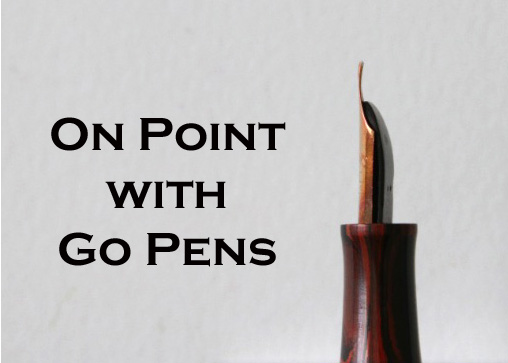
Can I filter my mouldy ink and use it? This will not help, as the biostatic agents in the ink have likely expired. It’s best to discard mouldy ink and not put it in your fountain pens!

Does a higher gold content mean my nib will be more flexible? No, this is not the case. Most flexible vintage nibs are actually 14 karat gold and are a more flexible alloy. 24 karat gold is not flexible, it’s just soft. It depends on the alloy, which you cannot determine just from the karat content.

The 1920 General Manufacturing Co. Snapfill #2 Lever Filler in black chased hard rubber is an unusual filling mechanism. When you lift the lever from the barrel, a small hinged extension drops from the lever to the press bar. Pressing the lever then depresses the bar, filling the pen. When the press bar is fully depressed, the hinged extension then automatically snaps back into the lever and a “click” is heard as the lever lowers back …

What does 750 on my nib mean? Last week, we answered this question with regards to 585 on a nib, so this makes sense to follow with! This is the gold content of your nib – it is 75.0 % gold, which translates to 18 karat gold. An 18 karat gold nib is not “pure” gold, which would be 24 karats, and too soft for a nib.

Here is a 1932 Vacuum Filler Junior (the mid size model) in opaque Black (solid black – not laminated). Parker was issued a design patent for the laminated plastic (which at first Dupont doubted they could manufacture). Introduced as the “Golden Arrow” in mid-1932, the name was changed to “Vacuum Filler” in November that same year, and again changed in mid-1933 to “Vacumatic.” Parker attributes the Vacumatic as saving the company during the lean Depression years. …